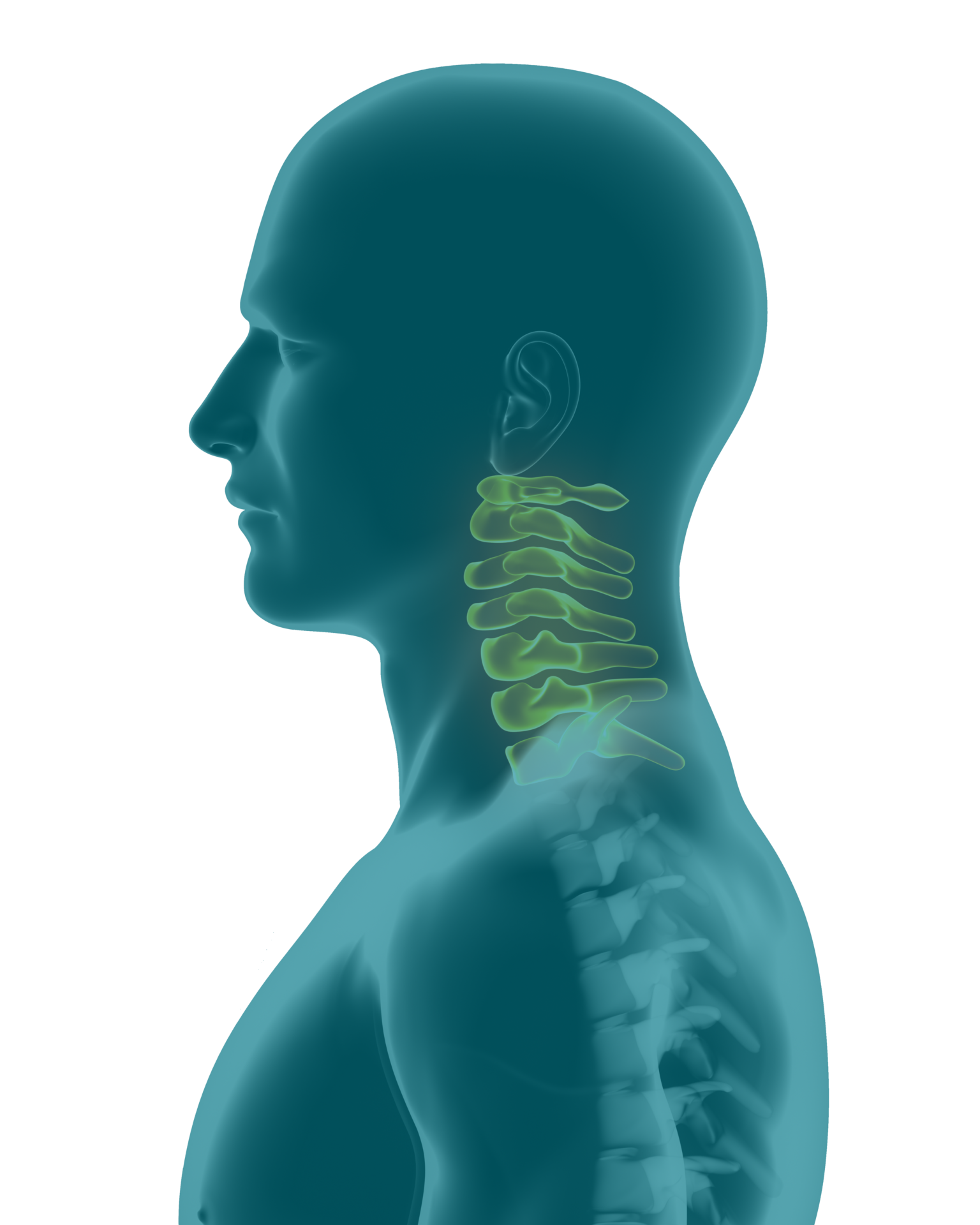Poor placement and related complications of pedicle screws inserted in the cervical spine with the assistance of fluoroscopy are reported in the scientific literature1-7
Disclaimer: This indication is not cleared in the US

Prospective Clinical Study
Pedicle Screws Inserted with the PediGuard Probe
The prospective clinical study of Prof. Koller8,9 has been published in European Spine Journal.
- 137 patients included with 51% of the patients presenting cervical deformities.
- 202 cervical pedicle screws inserted at C2 with 67 pedicles (33%) identified with sclerosis.
- 113 pedicle screws inserted from C3 to C7.
Preliminary Results for C2
- In 49 C2 pedicles (24%), post-op analysis of CT-scans showed that the decision to stop pedicle tract preparation according to signals by PediGuard was the correct decision (0% of nerve root injury).
- At follow-up of 1 year, no patient had revision surgery for Cervical Pedicle Screw (CPS) misplacement or a neurovascular deficit. There was no vertebral artery injury.
- 98% C2 were placed correctly.
In a published article10, Prof. Koller notes that the use of the PediGuard device, can speed up surgery for instrumented correction for Cervicothoracic Kyphosis.
Cadaveric Study
In a cadaveric study, the Dynamic Surgical Guidance probe11 was a safe tool to assist the surgeon with screw placement in the cervical spine. Additionally, the DSG Technology potentially avoids the cumulative risks associated with fluoroscopy and provides real-time feedback to the surgeon allowing correction at the time of breach.
- Fluoroscopy and other navigational assistance were not used for screw hole preparation or screw insertion.
- The breach rate for PediGuard activated was 6/68 = 9.0%.
- The breach rate for PediGuard non activated was 20/68 = 29.4%.
Scientific Publication
In a technical note12, Dr Kageyama et al. conclude that the DSG technology is useful for the effective insertion of a C1 lateral mass screw for the following reasons:
- (1) the frequency and pitch of its digital sound can be discerned;
- (2) it is easy to detect the cortical bone at the anterior margin of the atlas by the absence of sound from the DSG Technology;
- (3) the probe can be inserted slowly until the warning sound is heard, resulting in slight perforation of the anterior wall of the C1 lateral mass.
References
1 – Bransford R et al. Spine 2011 Jun 15;36(14):E936-43.
2 – Mueller CA et al. Eur Spine J. 2010 May;19(5):809-14.
3 – Nakashima H et al. J Neurosurg Spine. 2012 Mar;16(3):238-47. doi: 10.3171/2011.11.SPINE11102. Epub 2011 Dec 16
4 – Yukawa Y et al. Eur Spine J 18:1293–1299, 200951.
5 – Liu YJ et al. Chin Med J (Engl). 2010 Nov;123(21):2995-8.
6 – Ishikawa Y et al. J Neurosurg Spine. 2010 Nov;13(5):606-11.
7 – Hojo Y et al. Eur Spine J. 2014 Oct;23(10):2166-74.
8 – Koller H et al. 5th Annual Meeting of CSRS-AP, Ho Chi Minh City, Vietnam. 5 April 2014.
9 – Koller H et al. (2012) In: Annual meeting of CSRS-ES at Spineweek 2012, Amsterdam, Netherlands
10 – Koller H et al. (2018) In: Eur Spine J. 2018 Nov 27.
11 – Dixon D, Darden B et al. Eur Spine J. 2017 Apr;26(4):1149-1153.
12 – Kageyama et al. A Technical Note, Neurologia medico-chirurgica (2019 Oct 25, DOI: 10.2176/nmc.tn.2019-0025 PMID: 31656253)
Vous avez des questions ?